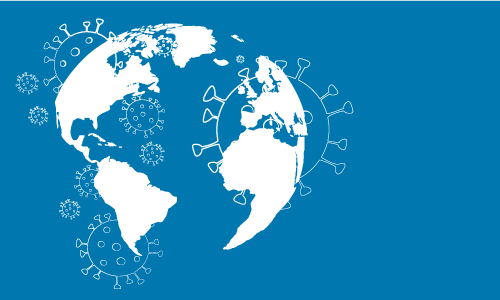Predicting Future Pandemics November 2020
Want more free featured content?
Subscribe to Insights in Brief

Microsoft has unveiled its Premonition advanced early-warning system, which can enable scientists to monitor Earth's biome like monitoring the weather to detect pathogens and disease-carrying animals early and prevent outbreaks from turning into pandemics. Premonition uses robotic sensing platforms, artificial intelligence, predictive analytics, cloud-scale computing, and metagenomics (analyzing genetic material from environmental samples) to autonomously monitor mosquitoes, collect environmental samples, and scan and analyze their genome for pathogens that could become biological threats. Already, Premonition has scanned more than 80 trillion base pairs of genomic material. In 2016, during the Zika outbreak, Microsoft deployed ten robotic smart traps (predecessors of Premonition) in Harris County (Houston, Texas). The traps identified and selectively collected mosquitoes with about 90% accuracy. Microsoft and Harris County Public Health plan to continue implementing the new Premonition system to monitor threats in real time. Microsoft also plans to partner with Bayer to use Premonition to improve its vector-control strategies with the aim of eradicating malaria by 2040.
Implications
Highly connected networks, ever-more-powerful artificial intelligence, and increasingly comprehensive databases enable researchers and practitioners to foresee a wide range of phenomena at an earlier stage now than they could in the past. Such predictive capabilities enable users to identify issues early and potentially avoid problematic outcomes. As more and more data see collection across an increasingly broad range of fields, many application areas will emerge. The ability to investigate massive databases and correlate genomic information also offers a wide range of application opportunities that will only increase in number as databases grow in size and connect with one another.
As advanced algorithms and artificial intelligence become increasingly powerful and their use proliferates across applications, an increasing number of organizations will benefit. The allure of the operational improvements and cost reductions these technologies can deliver is driving their implementation. In health care and public health, using automation technologies can have high stakes and manifold societal implications. Policy makers and consumer-protection agencies will have to pay close attention to developments in this area.
Impacts/Disruptions
The world saw Ebola epidemics in West Africa between 2013 and 2016 and a Zika epidemic in Brazil in 2015. In addition, the coronavirus outbreak continues to claim lives around the world: At the time of this writing, the World Health Organization reports that coronavirus disease 2019 (covid-19) has caused more than 1.15 million deaths worldwide. The ongoing covid-19 pandemic continues to highlight (as previous epidemics highlighted) the urgent need for scientists to develop a better understanding of how and where to intervene to combat epidemics most effectively. The use of applications that provide a head start for medical personnel, law-enforcement agents, and professionals in a wide variety of industries could make the difference between success and failure in addressing emerging issues and improving public health.